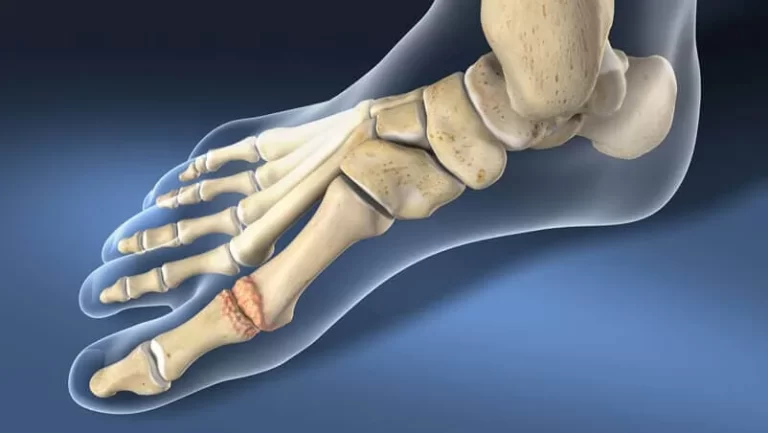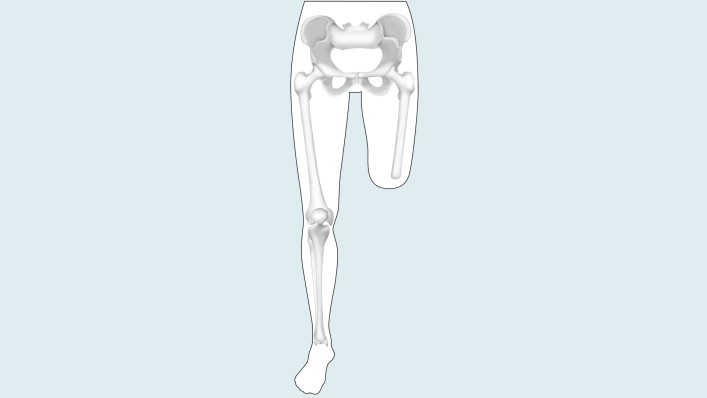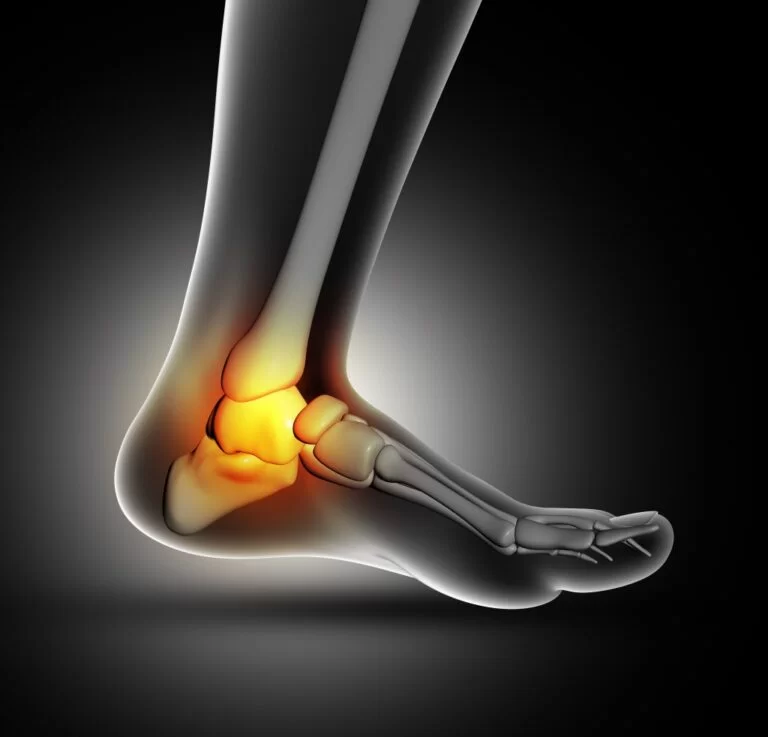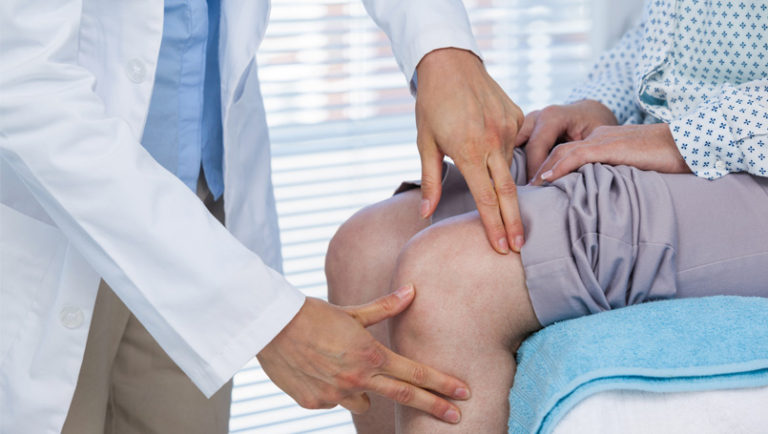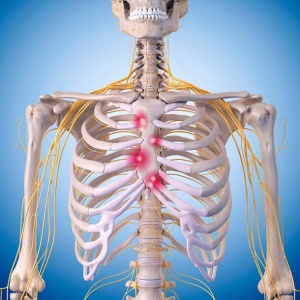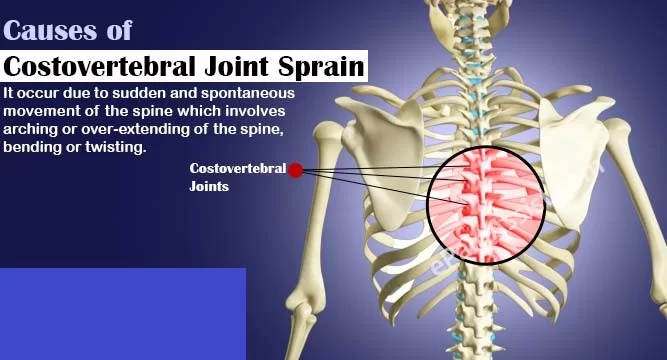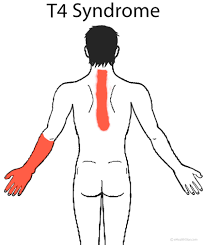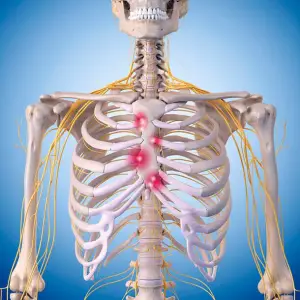Below Knee Amputation
Introduction A below-knee amputation (“BKA”) is a transtibial amputation that involves removing the foot, ankle joint, distal tibia, and fibula with related soft tissue structures. In general, a BKA is preferred over an above-knee amputation (AKA), as the former has better rehabilitation and functional outcomes. The rates of lower extremity amputation have declined in recent…


